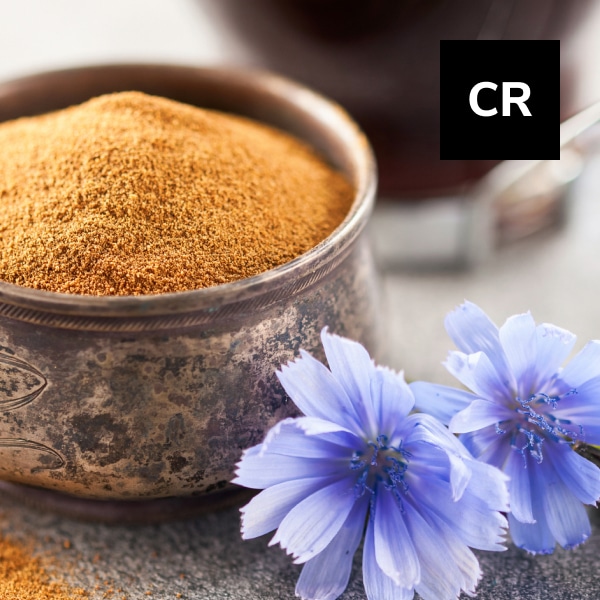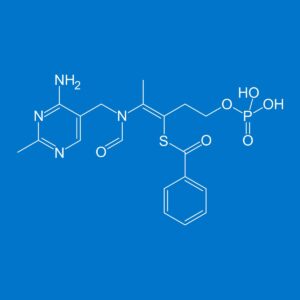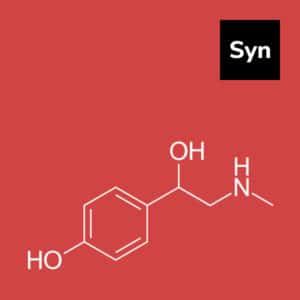Overview
Chicory root is obtained from a plant that resembles a dandelion and has bright blue blooms. For ages, it has been used in cooking and traditional medicine and is widely used as a substitute for coffee due to its similar taste and color.
Due to the supposed many health benefits of the fiber generated from this root, it is commonly utilized as a dietary ingredient or supplement.
Key Benefits
- Increases the amount of Bifidobacterium in the gut microbial population
- Contributes to the reduction of inflammation
- Enhances the skin barrier in topical creams
- Supports normal cholesterol levels
- Contributes to normal glucose levels
History of Usage
Chicory root has been utilized for nutritional, medicinal, and other purposes for thousands of years. It has a long and illustrious history in the Western world, having been consumed in Ancient Egypt, Greece, and the Roman Empire. It is still used in a variety of traditional meals throughout the world. Chicory root is prepared as a whole root or as a foundation for extraction as a medicinal plant. Additionally, it is utilized in cosmetics.
Chicory root is still considered traditional medicine in numerous European nations, including Germany, France, and the Czech Republic, and is designated as a medical material by their respective government bodies.
Biochemistry
Chicory root is composed of inulin, pectin, and hemicellulose, as well as a variety of phytochemicals, including sesquiterpene lactones. Pectin, cellulose, and hemicellulose have all been studied and recognized for their health-promoting properties, such as their ability to lower cholesterol or glycemic response.
Inulin is a carbohydrate that is trapped behind cell walls as a store carbohydrate. This combination of dietary fibers in chicory root results in total fiber content of 15–20% by weight wet and 90% by weight dry. As a result, chicory root has a higher fiber content than other regularly consumed vegetables, fruits, seeds, and nuts.
Additionally, chicory root contains micronutrients including potassium and calcium, as well as a variety of phytochemicals. The primary phytochemicals are sesquiterpene lactones, which account for around 0.81 percent of the dry weight and are a class of well-known bitter compounds having therapeutic properties. Polyphenols, such as chlorogenic acid, coumarins, and other organic acids, are additional phytochemicals.
Recent Trends
According to Grand View Research, Inc., the global chicory root market is expected to reach $294.2 million by 2025. It is expected to expand at a 4.2 percent compound annual growth rate throughout the projection period.
Europe is expected to maintain its leadership position in the global chicory market throughout the forecast period. Regional expansion is being fueled by rising consumption as a result of the product’s numerous health benefits. Belgium is the world’s largest producer of chicory. Germany, France, and the Netherlands are likely to see significant growth as a result of rising chicory coffee consumption. North America is predicted to see the highest CAGR, 5.2 percent, between 2019 and 2025, owing to the growing growth and use of chicory as a substitute for coffee. Chicory’s growing appeal as a natural appetizer is expected to bolster regional growth.
The primary reason driving expansion is growing awareness of chicory’s therapeutic properties. Chicory roots are best known for their inulin-based components and root coffees. However, new techniques of utilizing chicory roots appear to be emerging, fuelled by a growing interest in chicory root’s nutritional and therapeutic properties, as well as growing demand for traditional and natural foods.
Chicory coffee is now regarded as a caffeine-free substitute for coffee. Additionally, it is used to impart a distinct flavor to coffee and alcoholic beverages such as beer or vodka.
The chicory root extract has also been rediscovered in skin care formulations as a protecting and regenerating component. (It was utilized as a skin firming agent in the 17th century.)
Chicory inulin is also used to assess renal function (glomerular filtration rate) and to distribute medications via the colon.
Precautions
- Pregnant women should avoid chickory root since it has the potential to cause miscarriage or to initiate menstruation. Because there is insufficient data on breastfeeding women taking chicory, it is prudent to err on the side of caution.
- Chicory may produce an allergic reaction in people allergic to ragweed, chrysanthemums, marigolds, daisies, and other Asteraceae/Compositae family plants.
- Before using this product, those with a history of diabetes or gallstones should visit a health care practitioner.
- Individuals should discontinue chicory consumption at least two weeks before the scheduled operation.
References
- Hammer K, Gladis Th, Laghetti G, Pignone D.Cichorium intybus L. as a root vegetable in Italy and remarks on the infraspecific classification of the cultivated races of this species. Int J Agrisci. 2013;3(12):927–38.
- Reimer RA, Soto-Vaca A, Nicolucci AC, Mayengbam S, Park H, Madsen KL, Menon R, Vaughan EE. Effect of chicory inulin-type fructan-containing snack bars on the human gut microbiota in low dietary fiber consumers in a randomized crossover trial. Am J Clin Nutr. 2020 Jun 1;111(6):1286-1296. doi: 10.1093/ajcn/nqaa074. PMID: 32320024.
- Nishimura M, Ohkawara T, Kanayama T, Kitagawa K, Nishimura H, Nishihira J. Effects of the extract from roasted chicory (Cichorium intybus L.) root containing inulin-type fructans on blood glucose, lipid metabolism, and fecal properties. J Tradit Complement Med. 2015 Jan 20;5(3):161-7. doi: 10.1016/j.jtcme.2014.11.016. PMID: 26151029; PMCID: PMC4488567.
- Olsen NJ, Branch VK, Jonnala G, Seskar M, Cooper M. Phase 1, placebo-controlled, dose escalation trial of chicory root extract in patients with osteoarthritis of the hip or knee. BMC Musculoskelet Disord. 2010 Jul 9;11:156. doi: 10.1186/1471-2474-11-156. PMID: 20618964; PMCID: PMC2912794.
- Maia Campos PM, G Mercurio D, O Melo M, Closs-Gonthier B. Cichorium intybus root extract: A “vitamin D-like” active ingredient to improve skin barrier function. J Dermatolog Treat. 2017 Feb;28(1):78-81. doi: 10.1080/09546634.2016.1178695. Epub 2016 May 10. PMID: 27161285.
- Puhlmann ML, de Vos WM. Back to the Roots: Revisiting the Use of the Fiber-Rich Cichorium intybusL. Taproots. Adv Nutr. 2020 Jul 1;11(4):878-889. doi: 10.1093/advances/nmaa025. Erratum in: Adv Nutr. 2021 Jun 16;: PMID: 32199025; PMCID: PMC7360457.
- Chadwick M, Trewin H, Gawthrop F, Wagstaff C.Sesquiterpenoids lactones: benefits to plants and people.Int J Mol Sci. 2013;14(6):12780–805.
- Campos PMBGM, Mercurio DG, Melo MO, Closs-Gonthier B. Cichorium intybus root extract: a “vitamin D-like” active ingredient to improve skin barrier function. J Dermatolog Treat. 2017;28(1):78–81.
- Mensink MA, Frijlink HW, van der Voort Maarschalk K, Hinrichs WLJ. Inulin, a flexible oligosaccharide. II: review of its pharmaceutical applications. Carbohydr Polym. 2015;134:418–28.
- Leyva-Porras CL, López-Pablos A, Alavrez C, Perez-Urizar J, Saavedra Z. Physical Properties of Inulin and Technological Applications. 1 ed. In: Ramawat KG, Merillon J-M, eds. Polysaccharides. Heidelberg New York Dordrecht London: Springer; 2015:959–84.




